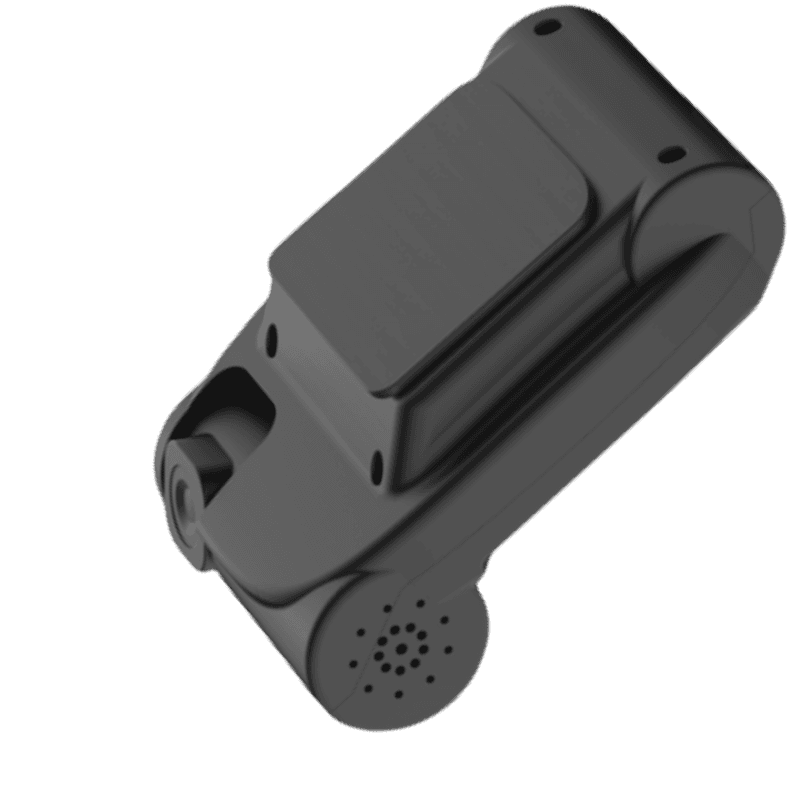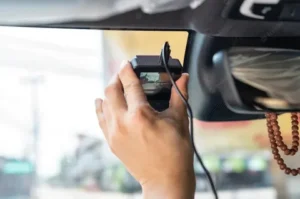In an age where the safety of children is paramount, school bus security cameras have emerged as a crucial technology to ensure a secure environment for students during transit. This article delves into the working principles of these vehicle cameras, their features, and their importance in enhancing school bus security.
What Are School Bus Security Cameras?
School bus security cameras are specialized surveillance systems designed to monitor activities within and around school buses. They play a vital role in ensuring the safety of students by providing real-time footage and recordings that can be used to address incidents, prevent bullying, and maintain overall discipline.
How Do School Bus Security Cameras Work?
Basic Working Principle of Vehicle Cameras
At the core, vehicle cameras function as digital recording devices equipped with lenses to capture visual data. These cameras are typically connected to a central recording unit or a cloud-based storage system. Here’s a breakdown of their working principle:
- Image Capture: The camera lenses capture images or video footage in real time.
- Data Conversion: The visual data is converted into digital signals using image sensors.
- Storage and Processing: The digital signals are transmitted to a recording unit or cloud storage for processing and archiving.
- Monitoring: The footage can be monitored live or accessed later for review and analysis.
Specific Features of School Bus Security Cameras
School bus security cameras come with a range of features tailored to enhance security and monitoring:
- Wide-Angle Lenses: To cover more area within the bus.
- Infrared Night Vision: For clear footage in low-light or nighttime conditions.
- GPS Integration: To track the bus’s location in real time.
- Motion Detection: To trigger recording only when motion is detected, saving storage space.
- Two-Way Communication: Allowing communication between the driver and school authorities.
Importance of School Bus Security Cameras
The implementation of security cameras in school buses offers several benefits:
- Enhanced Safety: Continuous monitoring helps prevent bullying, vandalism, and other inappropriate behaviors.
- Incident Documentation: Recorded footage provides evidence in case of disputes or incidents, aiding in swift resolution.
- Peace of Mind: Parents and school authorities can have peace of mind knowing that students are monitored during transit.
- Driver Accountability: Monitoring ensures that drivers adhere to safety protocols and maintain proper conduct.
Case Studies: Successful Implementations
Several school districts have successfully implemented security camera systems in their buses, resulting in improved safety and incident management. For instance, the project by 247Security showcases significant improvements in student behavior and reduced incidents of bullying.
Conclusion
As technology continues to advance, school bus security cameras stand out as essential tools in ensuring the safety and security of students. By understanding their working principles and features, schools can make informed decisions to enhance their transportation safety measures.





